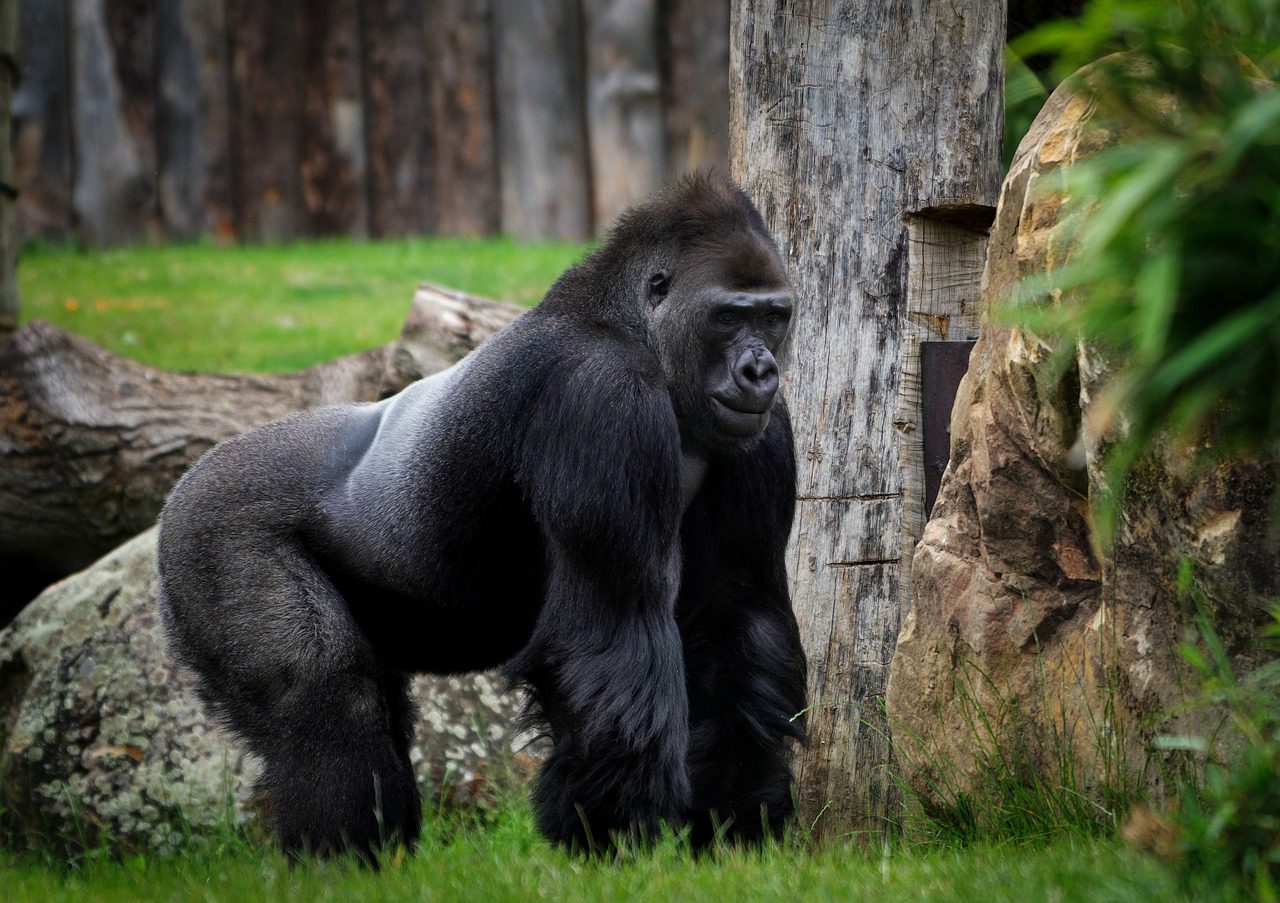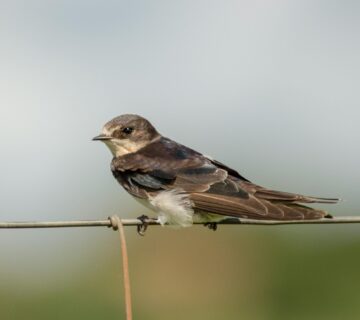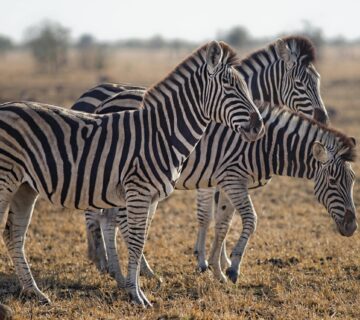Are There Budget Gorilla Trekking Options?
Gorilla trekking is a dream adventure for many wildlife enthusiasts. The thought of observing these magnificent creatures in their natural habitat, deeply immersed in the lush forests of Uganda, Rwanda, or the Democratic Republic of Congo, is nothing short of breathtaking. However, one of the most common questions that arise when considering a gorilla trekking trip is the cost. With permits and expenses often exceeding $1000, many wonder, are there budget gorilla trekking options?
The good news is that there are indeed ways to enjoy the magic of gorilla trekking without breaking the bank. While the experience is undoubtedly a once-in-a-lifetime opportunity that requires an investment, there are budget-friendly options for those who wish to embark on this extraordinary journey. In this guide, we’ll explore how you can make gorilla trekking fit your budget while still enjoying a memorable and meaningful experience.
Understanding the Cost of Gorilla Trekking
Before we dive into budget options, it’s essential to understand the cost factors that make gorilla trekking an expensive endeavor. The main cost is the gorilla permit, which grants you access to trek in the forests and observe the gorillas. In Uganda and Rwanda, these permits are typically priced between $600 and $1500 depending on the location. Additionally, you must consider other expenses like accommodation, transportation, meals, and tips.
While these costs can seem daunting, they also reflect the critical role tourism plays in protecting endangered gorilla species. These funds contribute to conservation efforts, anti-poaching initiatives, and the welfare of local communities. As a result, gorilla trekking remains one of the most sustainable wildlife experiences.
Budget-Friendly Gorilla Trekking in Uganda
Uganda, home to the famous Bwindi Impenetrable Forest and Mgahinga Gorilla National Park, offers some of the most affordable gorilla trekking options. While Uganda’s gorilla permits are less expensive than Rwanda’s, the overall cost of a trip can still be daunting. However, there are several ways to keep costs down.
1. Visit Bwindi Impenetrable Forest
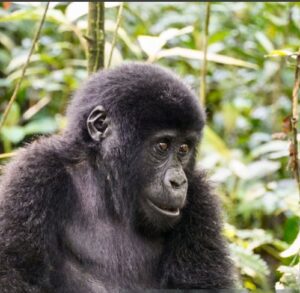
Bwindi Impenetrable Forest is one of the most popular and affordable places to see gorillas in Uganda. The park has several trekking zones, and the cost of a gorilla permit in Bwindi is generally cheaper than in Rwanda. Depending on the season, the permit cost can range from $600 to $700. The lower cost, combined with the diverse trekking routes, makes Bwindi a great choice for budget-conscious travelers.
2. Use Public Transport
While private transfers are more convenient, using public transportation to get to the trekking sites in Uganda can significantly cut down on your travel costs. You can take buses or local taxis to places like Kisoro or Kabale, which are near Mgahinga and Bwindi, respectively. Public transport may take longer, but it’s a more affordable option for those on a budget.
3. Choose Budget Accommodation
Uganda offers a wide range of accommodation options, from luxury lodges to budget-friendly guesthouses and hostels. In Bwindi, you’ll find several budget options that offer basic but comfortable facilities. Opting for these affordable accommodations allows you to spend more on your trek without sacrificing comfort.
4. Plan Your Trip During the Low Season
Uganda experiences two peak seasons for gorilla trekking: June to September and December to February. During these months, both accommodation and permits are at their highest prices. If you want to save, plan your trip during the low season (March, April, or November) when prices for permits and accommodations are lower, and you can still have a fantastic experience without the crowds.
Budget Gorilla Trekking in Rwanda
Rwanda, known as the “Land of a Thousand Hills,” offers stunning scenery and incredible opportunities for gorilla trekking in Volcanoes National Park. However, trekking permits in Rwanda are more expensive, often reaching up to $1500 per person. While this may seem like a significant investment, there are still ways to save on your Rwanda gorilla trekking experience.
1. Opt for a One-Day Trek
One of the ways to save on your Rwanda gorilla trekking trip is to limit the number of days you spend trekking. Some travelers opt for a one-day trek instead of multiple days, especially since trekking permits in Rwanda are valid for one day. By planning your trip for just one day, you can keep costs down while still enjoying the incredible experience of being in the presence of these magnificent creatures.
2. Book a Group Tour
One way to reduce your overall expenses in Rwanda is by joining a group tour. Group tours help lower the cost of accommodation, transportation, and even permits, as these expenses are shared among the group. If you’re traveling solo or with a partner, this can be an excellent option to reduce the financial burden.
3. Choose a Budget Accommodation
Just like in Uganda, Rwanda offers a variety of accommodation options for all budgets. In places like Musanze (near Volcanoes National Park), you can find affordable guesthouses or budget hotels that offer basic but comfortable stays. These options will allow you to save on lodging while still being close to the trekking area.
4. Take Advantage of Last-Minute Deals
If you have a flexible schedule, keep an eye out for last-minute deals or discounts on gorilla trekking permits. Sometimes, permits are available at a lower price if they are not sold out, especially during the low season. Working with a reputable tour operator or staying in touch with local conservation groups can help you get the best deals.
Budget Gorilla Trekking in the Democratic Republic of Congo
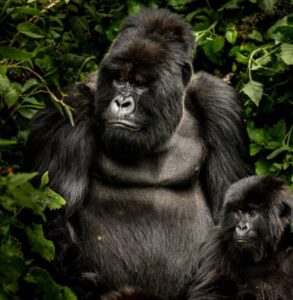
The Democratic Republic of Congo (DRC) is often considered the most affordable destination for gorilla trekking, and it offers a more off-the-beaten-path experience. While safety concerns have made the DRC less popular among tourists in recent years, it remains an excellent option for budget travelers who are seeking a more remote and less commercialized experience.
1. Gorilla Permits in DRC
Gorilla trekking permits in the DRC are significantly cheaper than in Rwanda and Uganda. A permit for a trek in Virunga National Park, home to the mountain gorillas, costs approximately $400 to $450. This makes the DRC an attractive option for budget travelers who want to experience gorilla trekking at a lower cost.
2. Affordable Accommodation and Transport
The DRC is not as developed in terms of tourism infrastructure, but this often means that accommodation and transport costs are lower. In places like Goma (the nearest town to Virunga National Park), you can find budget-friendly hotels, and public transport options are available for getting to the park. If you’re adventurous and on a tight budget, this can be a great way to save money while still enjoying an incredible gorilla trekking experience.
Practical Tips for Budget Gorilla Trekking
Book in Advance: Gorilla permits are limited, so booking your trip in advance can help secure the best rates and availability, especially during peak seasons.
Travel with a Group: Traveling with a group can lower costs, as permits, transport, and accommodation can be shared.
Pack Smart: Avoid overspending on gear by bringing only essential items. Most trekking companies provide the necessary gear like walking sticks and rain ponchos.
Support Local Communities: Many budget-friendly tours in Uganda, Rwanda, and the DRC support local communities through community-based tourism projects. Choose tour operators that emphasize community engagement and conservation.
Final Thoughts
Gorilla trekking doesn’t have to be out of reach for budget-conscious travelers. By choosing the right destination, opting for group tours, planning your trip during the off-peak seasons, and utilizing affordable accommodation, you can enjoy this extraordinary experience without breaking the bank. Remember, the real value of a gorilla trek lies not in the cost but in the unforgettable moments you’ll spend in the presence of these incredible creatures, and the knowledge that your visit supports the protection of gorillas and their habitats.

